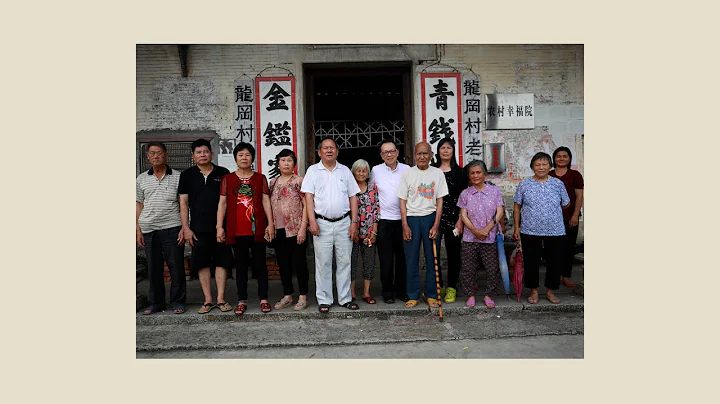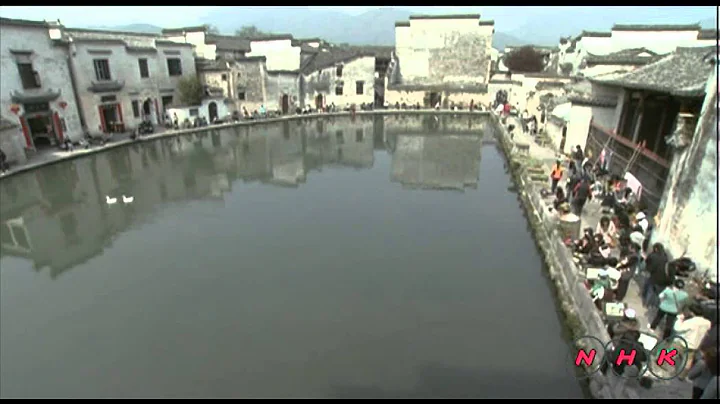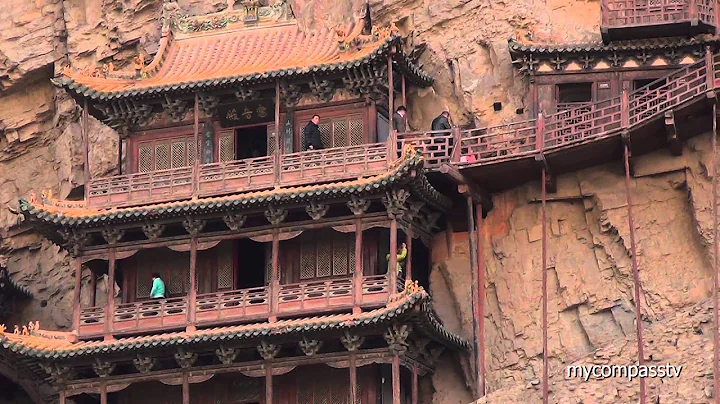Author: Xia Yougui
About fifteen kilometers northeast of Dongxinxiang, Dawu County, Hubei Province, away from the seat of the Dongxinxiang government, there is the ruins of a thousand-year-old temple, called Longquan Temple. The village where Longquan Temple is located is called Longquan Village (it was merged with Lianghe Village in 2014 to be called Lianghe Village). The temples near Longquan Temple are called "miaoqantou" and are all named after Longquan Temple.

Looking at the mountain topography, Longquan Temple used to be located on the head of a mountain that resembled a giant dragon. There is a fertile spring in the north of the temple. The spring water is endless and inexhaustible. It can be drank and irrigated farmland. There is Longquan on the left and right. The spring water overflows from the mountains on both sides. It is clear and sweet. It is natural mineral water and a fitness drink that people can use to quench their thirst and cool down without spending money. Tongjiazhai, three kilometers to the south, is like the gate of Longquan Temple. The mountain in front of the temple is closed to only a dozen meters for entry and exit. The top of the village has a radius of more than ten square kilometers and an altitude of about 500 meters. Miraculously, there are There are fountains gushing out. It is estimated that Longquan Temple got its name from the abundant dragon spitting clear springs around the dragon.
From Tongjiazhai to Longquan Temple is a three-kilometer-long mountain valley with steep mountains and rugged rocks on the east and west sides. The valley is more than a thousand meters deep. It is surprising that the sun can only be seen at 10 a.m. and at 3 p.m. It’s a wonder when the sun sets. However, when we arrived at the Longquan temple ruins, we suddenly found an open space in the shape of an inverted gourd, which truly gave us the wonderful impression of "an ancient temple hidden deep in the mountains".
It is said that when Longquan Temple was prosperous, there were more than 120 monks and more than 100 acres of land. In addition to chanting sutras and doing homework in the morning and evening, the monks usually supported themselves by farming. There is no way to know when the ancient temple was first built. According to the surrounding people, it has been passed down from generation to generation by the elderly, which can be traced back to at least the Tang Dynasty. It is said that this temple has been destroyed three times and rebuilt three times since it was built. The last time it was destroyed in a catastrophe ten years ago.
According to the "Reconstruction of Longquan Temple Stele" existing outside the gate of the original site of Longquan Temple during the third reconstruction, the third reconstruction was built in the 7th year of Kangxi's reign in the Qing Dynasty (16th century) with donations raised by brothers Xu Yunting and Xu Xuanting and donations from pilgrim villagers. 1968). According to the inscription, the temple was very large at that time and was divided into four parts. The Sutra Pavilion and the Bell and Drum Tower each have fifteen rooms. Because the inscriptions are badly weathered and unclear, it can be estimated based on this scale that there are at least one hundred to two hundred rooms including the four main parts of the main hall.
Before the temple was destroyed, the incense was extremely strong and there was an endless stream of pilgrims. On the first and fifteenth day of the lunar month, it is even more crowded and crowded. The annual temple fair takes place on the third day of March every year, half a month before and after, and lasts for more than a month. It is an unprecedented event, with several operas, shadow puppets, duets, drums, and acrobatics. Big businessmen and hawkers all come to attend the fair. It can be said that "the sky is full of fire and flowers, and the night of the festival is unprecedentedly joyful."

The ancient temple is surrounded by rich historical legends and cultural landscapes. I don’t know what year and month it was that a stone general who had succeeded in cultivating the world’s fireworks by absorbing the essence of the sun and the moon on the mountain east of Longquan Temple was preparing to rebel. Together with him, he cultivated the Jigong Stone, Token Stone, and Boat Stone in the nearby mountains. It was agreed that the event would start on a certain day of the month. On this day, the rooster crows first, and then General Shi clicks the token, then steps onto the stone boat in Chuanshigou, and calls for wind and rain, strong winds, and the water is several feet high wherever General Shi's boat reaches. For a time, there will be rivers everywhere from Lianghe, Angou and Taiping Village under Longquan Temple to Dawu City Pass, and the people along the way will suffer a disaster that cannot be escaped or avoided.
After seeing through the motive of the conspiracy, Master Guanyin quickly reported the matter to the Jade Emperor the day before General Shi was about to start the rebellion. The Jade Emperor was furious after hearing the report, and immediately sent the Thunder God and the Lightning Queen to the lower realm, and first chopped off the cock. Then he broke General Shi's head and rolled it down the hillside, and then broke the token stone. Only the hull of the stone ship in Chuanshigou was not broken, and only the cabin was lifted. General Shi's uprising came to nothing. After thousands of years of cultivation, he failed to achieve positive results and ended up losing his life. This protects the life and property safety of people in the northern Hubei area. To this day, the stone generals and rooster bodies that were struck by lightning, the token stone that was damaged in one piece, and the stone boats in Chuanshigou are still vividly visible on the mountains surrounding Longquan Temple.Although the stone ship is partially suppressed by floating soil, the exposed bow and hull are just like a real wooden ship, and the shape is beautiful, smooth and vivid as before.
It is of great significance to restore the ancient Longquan Temple and promote national culture and Zen culture. Combined with the legendary weird elves, cultural landscapes and relics around Longquan Temple, the development and utilization potential is of great significance. Dabie Mountain After the red tourist highway was built, it cooperated with the continuous development of Wuyue Mountain Wuyue Gods Gathering Place, Bee Rock, Millennium Ancient Maple, Bazigou at the foot of Wuyue Mountain, Sanzhao Mountain Yongzong Temple Buddhist cultural site and even gold-engraved beads. The tourist attractions are fascinating and can play a crucial role in promoting the development of red, green and gray tourism in Dawu. At the same time, it is of great significance to promote cultural platform and benefit the people through culture.
(organized based on folklore records)





















